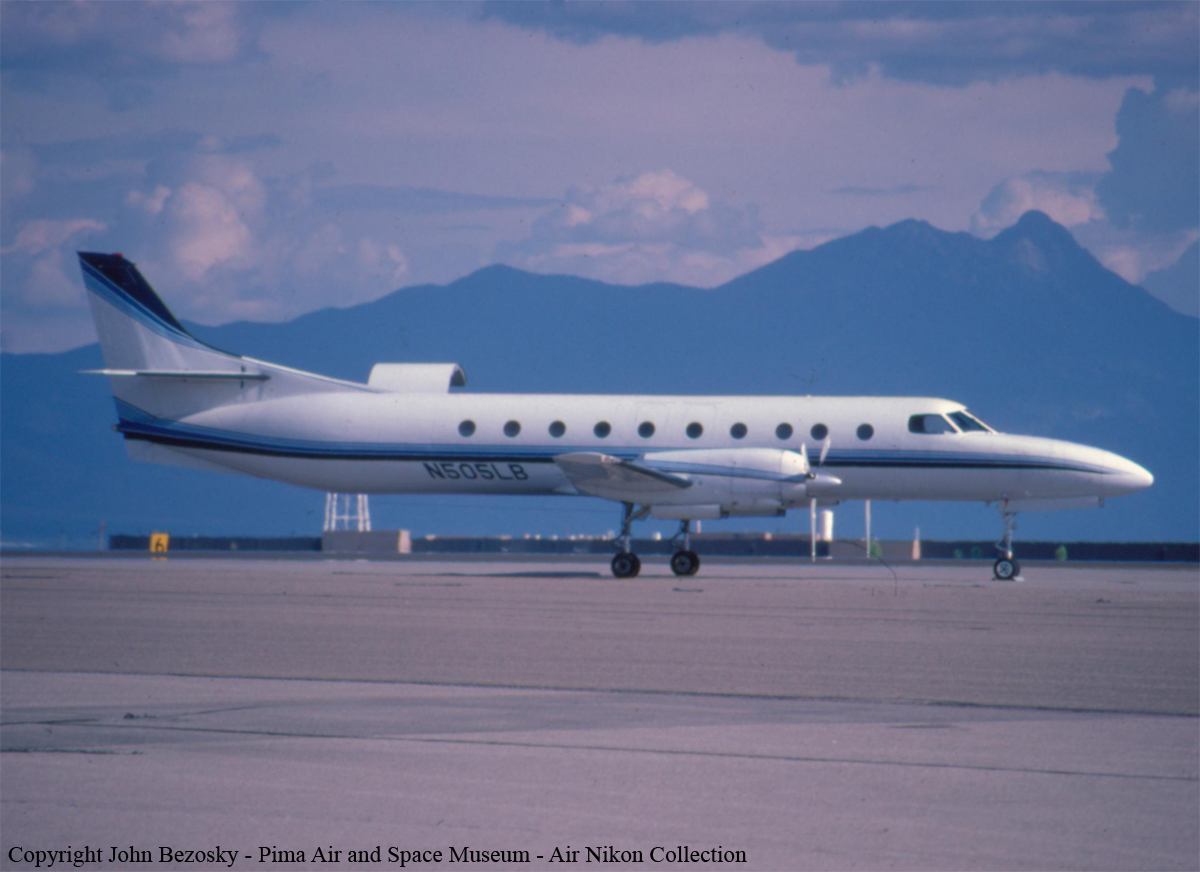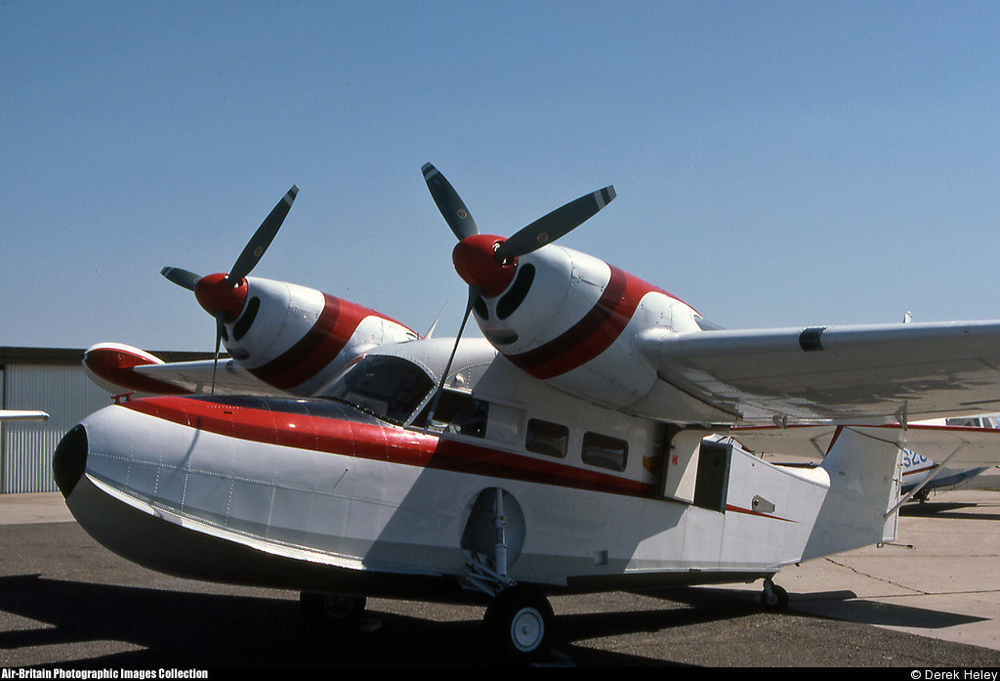Crash of a Piper PA-31T-620 Cheyenne II in Cody: 3 killed
Date & Time:
May 20, 1987 at 1722 LT
Registration:
N2336X
Survivors:
No
Schedule:
Idaho Falls - Cody
MSN:
31-8120002
YOM:
1981
Crew on board:
1
Crew fatalities:
Pax on board:
2
Pax fatalities:
Other fatalities:
Total fatalities:
3
Circumstances:
N2336X was on a business flight to Cody, WY. The pilot executed a missed approach on the first attempt of the VOR-A approach. A pilot who landed at Cody minutes before the accident said the visibility had decreased to 3/4 of a mile when N2336X made the first approach and approx 1/2 mile when N2336X crashed. Examination of the wreckage revealed no evidence of a mechanical malfunction or failure of the aircraft prior to accident. The sas servo arm was found in the full up position. The aircraft struck the terrain in a steep nose low attitude on a heading that was opposite to the direction of flight. Approach minimums at Cody are 5,800 feet and 1 mile visibility. All three occupants were killed.
Probable cause:
Occurrence #1: in flight encounter with weather
Phase of operation: circling (ifr)
Findings
1. (f) weather condition - below approach/landing minimums
2. (f) weather condition - low ceiling
3. (f) weather condition - snow
4. (c) in-flight planning/decision - improper - pilot in command
5. (c) ifr procedure - improper - pilot in command
----------
Occurrence #2: loss of control - in flight
Phase of operation: circling (ifr)
Findings
6. (c) airspeed - not maintained - pilot in command
----------
Occurrence #3: in flight collision with terrain/water
Phase of operation: descent - uncontrolled
Phase of operation: circling (ifr)
Findings
1. (f) weather condition - below approach/landing minimums
2. (f) weather condition - low ceiling
3. (f) weather condition - snow
4. (c) in-flight planning/decision - improper - pilot in command
5. (c) ifr procedure - improper - pilot in command
----------
Occurrence #2: loss of control - in flight
Phase of operation: circling (ifr)
Findings
6. (c) airspeed - not maintained - pilot in command
----------
Occurrence #3: in flight collision with terrain/water
Phase of operation: descent - uncontrolled
Final Report:





